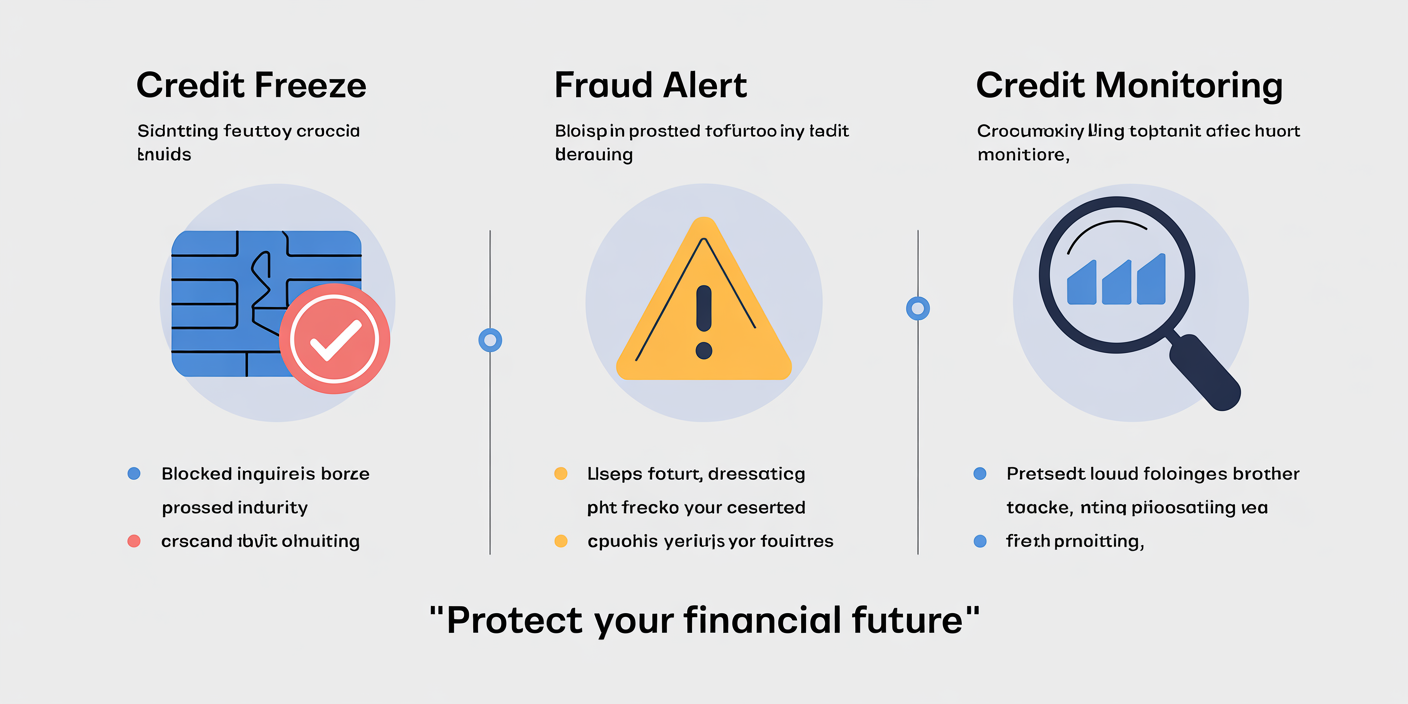Navigating Medical Debt: How to Manage and Negotiate Effectively
Anúncios
Medical debt remains one of the most common financial burdens faced by individuals and families in the United States. According to a 2023 study by the Kaiser Family Foundation, nearly 43 million adults reported problems paying medical bills, highlighting the widespread impact of healthcare costs on personal finances. Managing and negotiating medical debt effectively is crucial for maintaining financial stability and avoiding long-term credit damage. This article explores practical strategies, negotiation techniques, and future perspectives for those confronting medical debt challenges.
Understanding Medical Debt and Its Impact
Medical debt arises when individuals or families are unable to pay the costs associated with healthcare services, including hospital visits, surgeries, prescriptions, and ongoing treatments. The complexity of medical billing, which often involves multiple providers and insurance companies, exacerbates the difficulty of managing this type of debt. A 2022 Consumer Financial Protection Bureau (CFPB) report found that medical debt is the most common type of debt sent to collections, affecting approximately 1 in 5 consumers.
Anúncios

The psychological impact of medical debt is significant as well. Studies from the American Psychological Association reveal that individuals with outstanding medical bills exhibit higher levels of stress and anxiety, which can interfere with both mental and physical health. Without proper management, medical debt can spiral, leading to wage garnishment, foreclosure, or bankruptcy.
Assessing Your Medical Debt: Where to Start
Anúncios
The first step in managing medical debt effectively is obtaining a clear, detailed understanding of the debt itself. Patients should request itemized billing statements from healthcare providers and cross-check these charges with Explanation of Benefits (EOBs) sent by insurance companies. It is not uncommon to find errors such as duplicate charges, billing for services not received, or incorrect coding that inflates costs.

For example, a study by the Health Care Cost Institute (HCCI) in 2023 revealed that nearly 25% of patients found at least one error on their medical bills. Carefully auditing bills can uncover discrepancies that, when corrected, significantly reduce the total amount owed.
After auditing, categorize debts by urgency and total amount. Prioritize debts with immediate collection activity or those with high amounts that could impact your credit score. Creating a comprehensive spreadsheet or using financial management software can help track what is owed, to whom, and the payment terms.
| Key Factors to Assess Your Medical Debt | Details/Actions |
|---|---|
| Obtain detailed itemized bills | Request from provider/hospital |
| Verify charges with insurance EOBs | Match services and billed amounts |
| Identify errors or billing discrepancies | Look for duplicates, wrong codes |
| Prioritize debts by urgency and amount | Focus on collection or high-dollar |
| Track debts using digital tools | Use spreadsheet or debt manager apps |
Strategies to Manage and Reduce Medical Debt
Managing medical debt effectively means more than simply making payments. It requires thoughtful strategies to reduce the overall burden and make repayments sustainable.
One widely used method is setting up a payment plan directly with the healthcare provider or hospital. Unlike credit card companies, many providers offer interest-free installment plans. According to a 2023 report by the National Consumer Law Center (NCLC), over 60% of medical providers facilitate payment plans upon request, often with flexible terms.
Another practical approach is seeking financial assistance programs. Many hospitals have charity care programs or financial aid that can cover partial or full debt reductions for eligible patients. For example, Mount Sinai Hospital in New York reported in 2022 that its charity care program helped reduce medical debts by an average of 40% for low-income patients.
Refinancing through personal loans or credit cards with 0% introductory APR offers can also provide breathing room if used responsibly. However, caution is necessary, as high interest rates after the introductory period can worsen the debt.
Effective Negotiation Techniques with Medical Providers
Negotiating medical bills can feel intimidating but is often more successful than many anticipate. Reports from the Patient Advocate Foundation show that roughly 80% of patients who negotiated their medical bills saw a reduction or more favorable payment terms.
Start negotiations by educating yourself on average costs for similar procedures in your area using resources such as Healthcare Bluebook or FAIR Health. Armed with market data, you can meaningfully discuss and challenge prices.
When contacting billing departments, approach discussions respectfully and clearly outline your financial hardship. Request reductions, ask for payment in full discounts, or propose extended payment terms without interest.
Consider enlisting a professional medical billing advocate to negotiate on your behalf. These experts typically charge a percentage of the amount saved but have specialized knowledge and relationships that often yield better outcomes. For example, a 2022 analysis by the Medical Billing Advocates of America found that advocacy services saved patients an average of 35% on their medical bills.
Below is a comparative table to illustrate negotiation benefits:
| Negotiation Approach | Potential Savings (%) | Typical Outcome | Time to Resolution |
|---|---|---|---|
| Self-negotiation (direct call) | 10-30% | Bill reduction or payment plans | 1-4 weeks |
| Professional advocate | 25-50% | Significant reductions | 2-8 weeks |
| Insurance appeals | Varies (dependent on plan) | Coverage adjustments | 3-6 weeks |
Handling Medical Debt Collections and Credit Reporting
When medical debt goes unpaid, it is often sent to third-party collections agencies, which can aggressively pursue payment and report the debt to credit bureaus. Medical debt on credit reports has historically impacted credit scores harshly, but new regulations have softened this impact.
Starting in 2023, the three major credit bureaus—Experian, Equifax, and TransUnion—implemented changes to exclude paid medical debt collections from credit reports and increased the minimum debt amount that triggers a collections report from $0 to $500. The Consumer Financial Protection Bureau projects that these changes could improve credit reports for 43 million people with medical debts.

If your debt is in collections, it is crucial to: Verify that the debt is accurate and has not been paid or settled. Request debt validation from the collections agency. Negotiate a “pay for delete” agreement, where you pay the debt in exchange for removal from credit reports.
Document all communications in writing to protect your rights and obtain proof of any agreement reached.
Future Perspectives: Trends in Medical Debt Relief and Policy Changes
The landscape of medical debt management is evolving with ongoing legislative efforts and technological advancements aimed at reducing medical debt burdens. Several states have implemented laws requiring greater price transparency from healthcare providers, enabling patients to better anticipate costs ahead of treatment.
Federally, proposals like the Medical Debt Relief Act seek to cap out-of-pocket medical expenses and expand community health initiatives, promising relief for millions.
Moreover, innovations in billing technology and the growing role of artificial intelligence have the potential to minimize billing errors and speed up dispute resolution. Startups focusing on transparent medical billing platforms have gained traction in 2024, enabling patients to compare prices and receive clearer bills automatically before charges are processed.
On the consumer side, education campaigns by nonprofit organizations continue to empower patients to take control of their medical bills, promoting awareness around assistance programs and negotiation strategies.
Despite these promising trends, medical debt remains a complex challenge requiring proactive management. Staying informed, negotiating wisely, and seeking professional advice when needed are the best defenses against the financial strain of medical debt.
In summary, navigating medical debt effectively involves understanding the nature of the debt, auditing bills, employing strategic management techniques, mastering negotiation tactics, and staying up to date on policy changes. With these tools, individuals can reduce the financial impact of medical expenses and preserve their credit health while accessing necessary medical care. As healthcare costs continue to rise, developing efficient medical debt management skills will be increasingly vital for financial security.



Post Comment